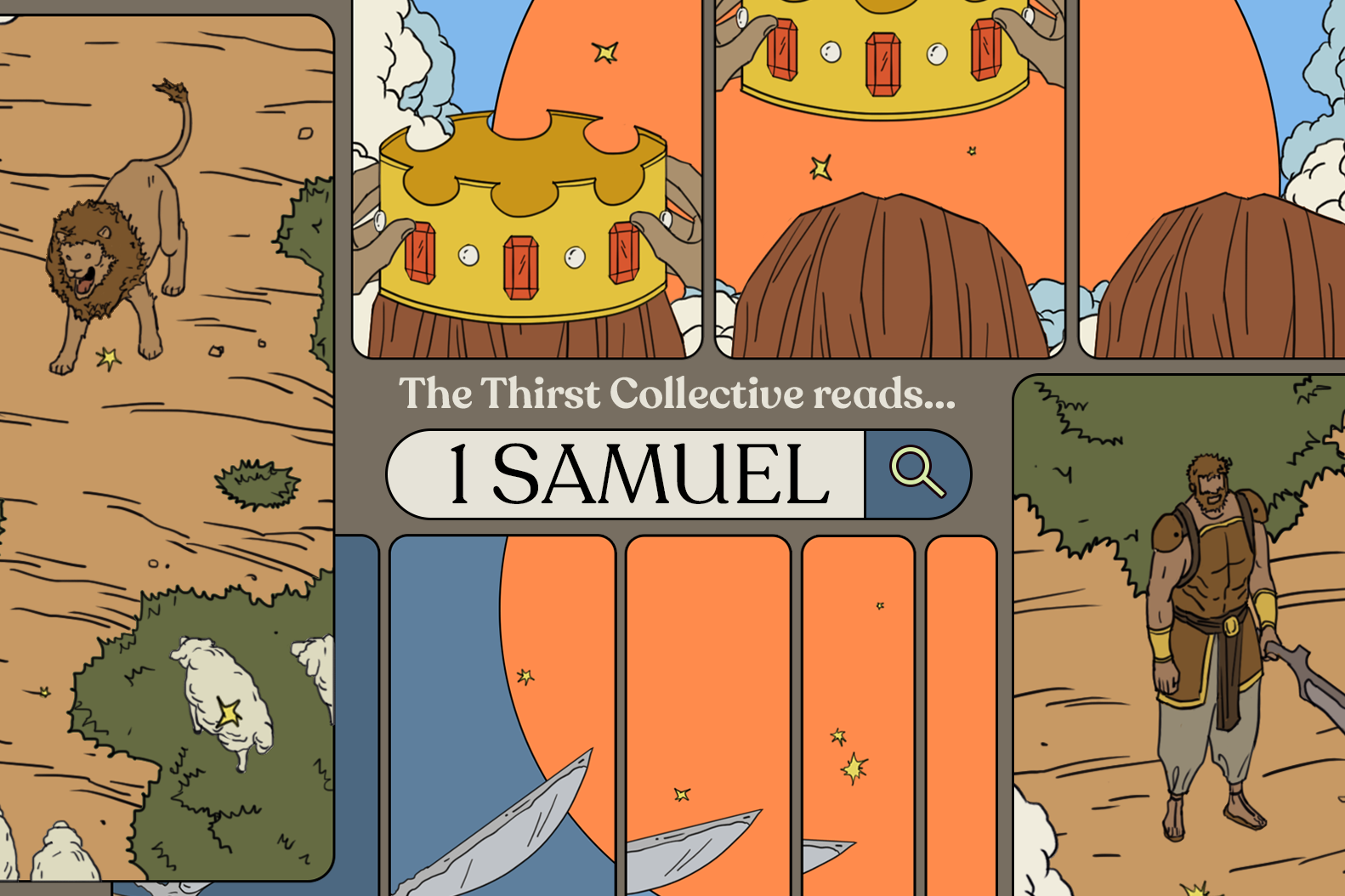Green beer. Green clothes. Shamrocks. Leprechauns.
Even though it’s not a widely celebrated festival in Singapore (and despite us historically not having much to do with the Irish), the very green St. Patrick’s Day festivities have become more commonplace on our social media feeds whenever it’s celebrated annually.
And yet, St. Patrick’s story is rarely even mentioned at these celebrations. Who is St Patrick? Why is he associated with green alcoholic drinks? Is he really one of the saints of the early Church?
It certainly doesn’t help that there are so many legends and tales of St. Patrick that are not easy to verify (even the accounts of his writings have been called into question by historians).

That said, there’s enough evidence that points towards him being one of the more important figures in the spiritual transformation of Ireland.
While commemorating saints is not a tradition that everyone follows (including myself), I believe there can still be valuable lessons we can learn from the life and legacy of these early church leaders — even if they’ve become overshadowed by festivities.
A quick Google search later, I was surprised to learn that St Patrick isn’t even Irish — he was actually a Roman-British citizen. And he was probably the most important missionary in Ireland’s history.
The real person of St. Patrick
According to his writings, he was kidnapped by Irish pirates from his family villa in Britain when he was a teenager and sold into slavery on an island in Ireland.
Despite being the son of a deacon and grandson of a priest, it was only during his years of captivity that he found Christ in his suffering and became a believer. And as he laboured as a shepherd, he strengthened his relationship with God through daily prayer.
After six years, he escaped captivity and travelled home to Britain… but his relationship with the Irish was only just beginning.
Loving the unlovable
Years after returning home and being ordained as a bishop, he was tasked to return to Ireland to serve as a missionary to the Irish — the very people who had captured and enslaved him.
Additionally, the Irish were seen as a war-mongering and barbaric people who indulged in violence and pagan practices. Many would have felt that they were not worth saving.
Yet despite their reputation and his history with them, St. Patrick still chose to faithfully journey back to the land of his enemies to save them (something even a certain prophet in the Bible couldn’t do without the intervention of a big fish!).
St. Patrick could have chosen to run away — and no one would blame him — but his steadfast obedience speaks volumes about his faithfulness.
It’s easy to love and forgive loveable people, but to have to do that for the most unlovable neighbours might be one of the most difficult things for anyone to do.

Speaking into their needs
Spending six years in Ireland as a lowly slave, St. Patrick knew the issues Irish society faced and just how to share the Gospel in a way that could speak into their needs — it was as though God had prepared him to be the perfect vessel to bring the Gospel to the Irish.
He championed Christian women to speak up against the culture of women being seen as commodities for marriage and politics by teaching that they were co-heirs with Christ.
He also promoted literacy and education amongst believers (in a culture that placed little to no emphasis on either) and encouraged them to be disciplined in studying the Bible.
He also spent much of his time reaching out to kings of different tribes in Ireland, as he understood that the kings were key to the conversions of their people.
While his unpopular methods often resulted in him being imprisoned or receiving death threats, he was largely successful as he went from kingdom to kingdom, planting churches and monasteries one after another.
Reframing St. Patrick’s Day
Much like his contemporaries St. Valentine and St. Nicholas, St. Patrick has become more associated with festive celebrations and social gatherings than his legacy as a missionary (even though none of his stories had anything to do with green beers, green clothes or leprechauns!).
But this St. Patrick’s Day, I am finding myself looking at the occasion through a different set of lenses with my new knowledge of his life and legacy — one of obedience, love and missions.
When I think about opportunities to be a part of cross-cultural missions, I find myself being guilty of picking and choosing places where I feel safe and familiar with — places with languages and cultures I know or places with low risks of civil unrest, violence or natural disasters.
Yet missionaries like St. Patrick obeyed God by going to what was his “Judea, Samaria and the ends of the earth” (Acts 1:8).
Even when I think about people around us in our own country who might seem to be unlovable as well, I’m also guilty of choosing not to view them as people that need the Gospel as well.
There’s definitely room for growth by learning to choose to love our unlovable neighbours.
The green festivities and traditions are still going to continue, whether or not St. Patrick’s legacies are even commemorated in these celebrations, so let’s also learn something from the life of this noble missionary.










